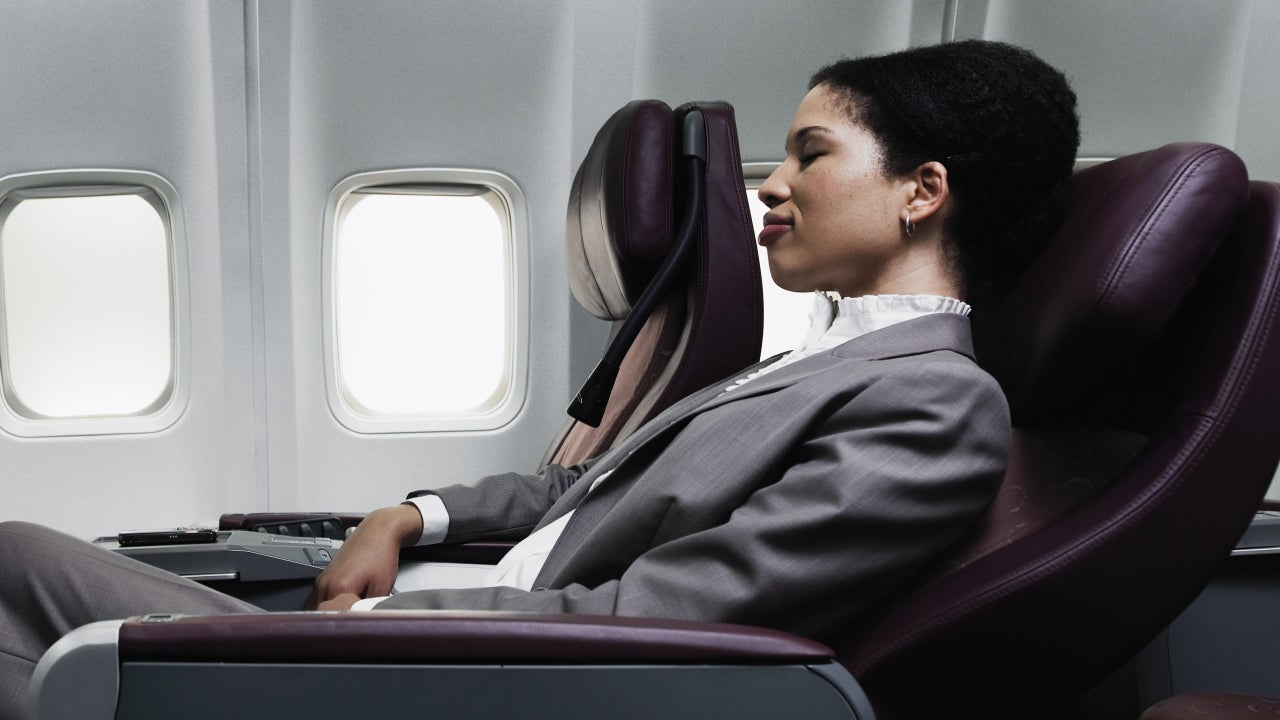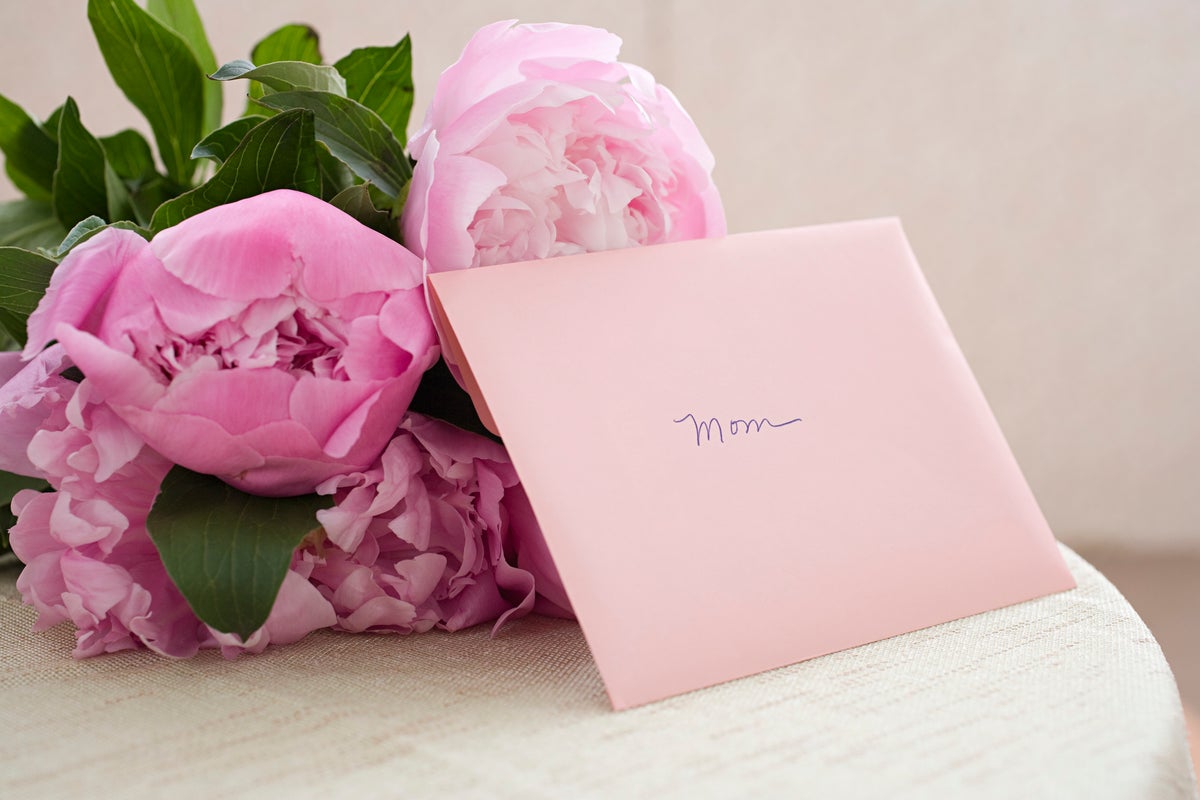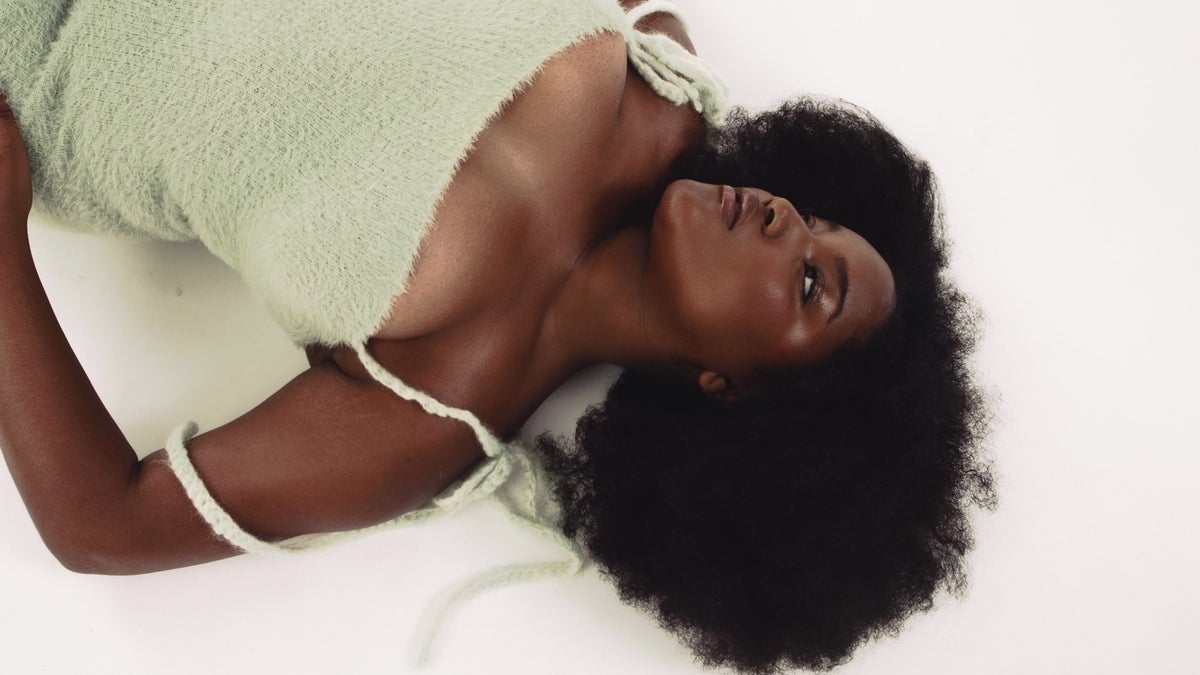
If your travel Pinterest board looks anything like mine, it’s filled with luxury destinations, breathtaking resorts, and bougie passengers rocking a sheet mask in their spacious business-class seats. But what does that in-flight skincare really do for us, and is it a ministry we should all be partaking in? To better understand the dos and don’ts of airborne skin care, we enlisted the help of two board-certified dermatologists to better understand why and how to maximize your in-flight skincare routines. Bon voyage!
The truth about skincare on flights
Now, there is a lot of conflicting information online regarding whether or not the plane is an appropriate place to do skincare. From the recycled air to cramped seats and close-quarter restrooms, it doesn’t sound like an ideal place for the 20-step skincare routines we’ve become accustomed to seeing on TikTok.
“The confined space of an airplane cabin, coupled with the high volume of passengers and recycled air, creates an environment where bacteria and other pathogens can thrive,” says Dr. Hope Mitchell, a board-certified dermatologist based in Ohio.
“These factors can compromise the cleanliness and sterility of surfaces, including tray tables, armrests, and lavatories, which may come into contact with our skincare products or our skin directly,” says Dr. Mitchell. However, these less-than-ideal flight conditions make doing some form of skincare while en route all the more important.
“With long haul flights, you are in an atmosphere that has very low humidity, the average humidity level on the commercial plane is anywhere from around 10 to 20 percent, which is significantly lower than indoor humidity, which is about 40 to 60 percent depending on the climate where you are,” says Dr. Adeline Kikam, a board-certified dermatologist based in Houston, Texas.
“With that low humidity you’re prone to moisture loss from the skin,” says Dr. Kikam. Now, if you’re just hopping on a quick two to three-hour flight, you likely don’t need to lug your full vanity in your carry-on, as your pre-flight skincare routine should suffice.
“If they’re like short flights, two to three hours. A pre-flight routine can take care of that,” says Dr. Kikam. “Cleanse your face; make sure you have your hydrating serums and sunscreen, especially if you have the window seat,” says Dr. Kikam.
What type of skincare should you do on a flight?
So what should we be focusing on when it comes to high-elevation skin maintenance? Well, hydration is always an important pillar of a balanced skincare regime, but the stakes increase 10-fold after takeoff.
“Air travel often exposes our skin to dry and recycled air, which can lead to dehydration and dullness,” says Dr. Mitchell. In addition to being in a drier environment, you are also exposed to more intense UVA rays.
“At a higher altitude you’re more exposed to the ultraviolet radiation,” explains Dr. Kikam, who says that even though these windows block UVB rays, UVA rays are still able to seep through. These UVA rays are responsible for some of the wider known consequences of increased sun exposure. “We always say UVA, “A” is for aging. It’s what is going to cause inflammation, the breakdown of collagen and elastin and then exposes or increases your risk of skin cancer,” says Dr. Kikam.
This makes the use of sunscreen and other protective measures all the more important. “I always make sure that I also have sunscreen and shades to protect the skin,” says Dr. Kikam.
What products should you avoid?
Now, I love a good exfoliating moment as much as the next person, but a flight is not the time nor place to apply any desiccant or drying agents.
“I do not recommend exfoliation in flight. To me, it is just pointless. It’s aggravating to the skin, so that is something that can wait,” says Dr. Kikam. This also applies to retinoids and similar topicals. “We do not want to further aggravate the skin and retinoids can be stripping to the skin,” says Kikam.
Where should you do your skincare?
Your restroom may be the ideal place to commence your skincare routine at home, but the itsy-bitsy stall on your next flight is not.
“The water on flights, typically sourced from onboard tanks, may not be as pure or regulated as the water we use at home,” says Dr. Mitchell. While there are sanitary regulations in place, there is still a risk of contamination. “Using tap water from the airplane’s lavatory to wash your face may expose your skin to impurities, chemicals, or bacteria that could potentially lead to irritation or breakouts,” explains Dr. Mitchell.
Instead, opt for micellar water or a pre-moistened wipe, says Dr.Kikam. “I use more disposable skincare like micellar water so that I don’t need to be in the small lavatory. I can just do it at my seat,” explains Dr. Kikam.
When should you do your skincare?
Like our skincare routines, the timeline for your in-flight skincare routine is highly customizable and reliant on your individual needs.
“People come on the flight from different circumstances; some are running from work, and some are just rushing from a party. So, depending on your circumstances, that would really guide at what point you start this routine,” explains Dr. Kikam.
If you plan on sleeping for the entirety of your flight, you may want to start your skincare earlier on in your journey. Alternatively, if you are switching time zones or have an event to attend right as you land, doing your skincare closer to the end of your flight may be more advantageous.
“It’s really up to you and your circumstances,” says Dr. Kikam.
TLDR: moisturize in excess, avoid lavatories, and sanitize your area.







